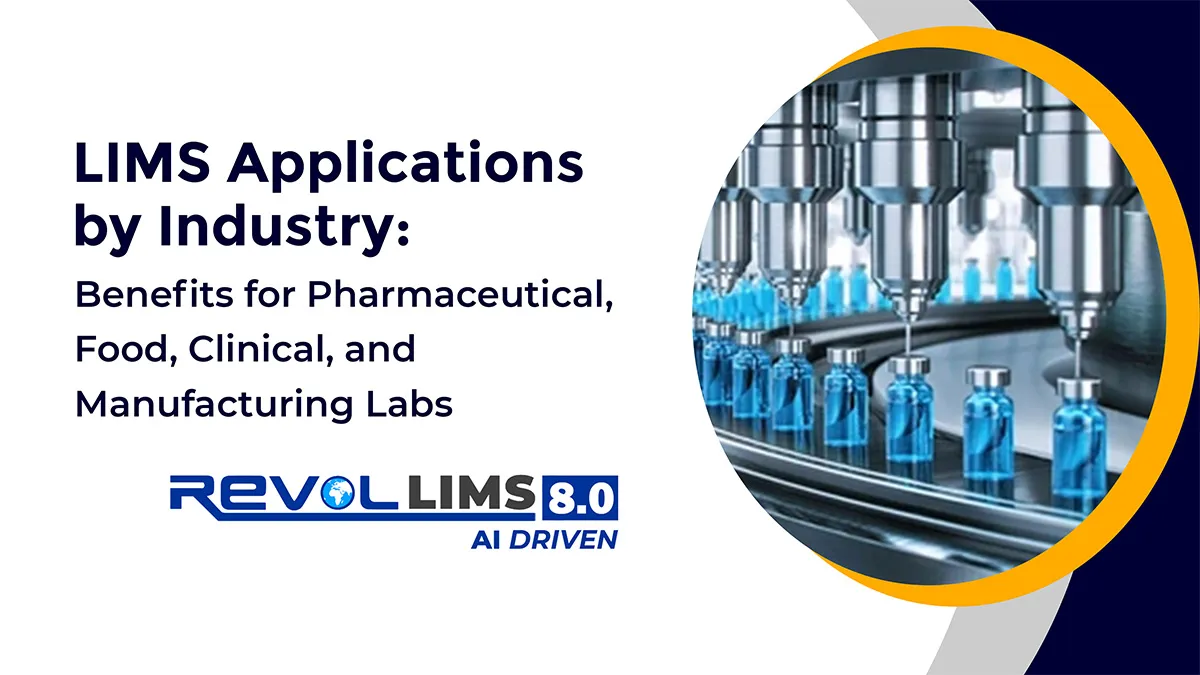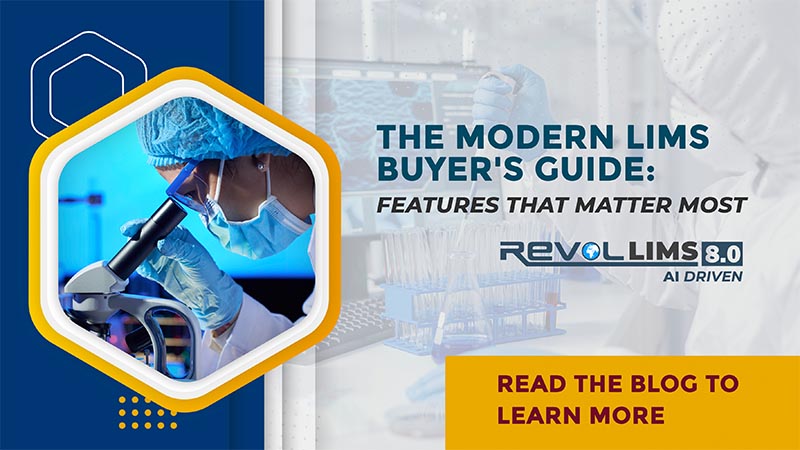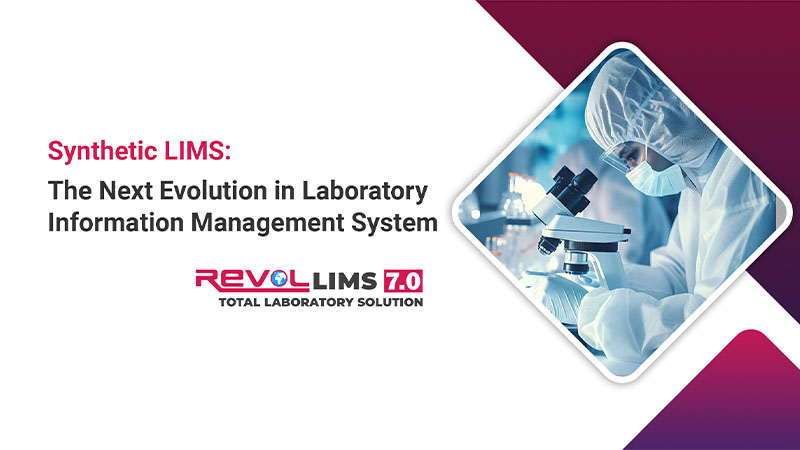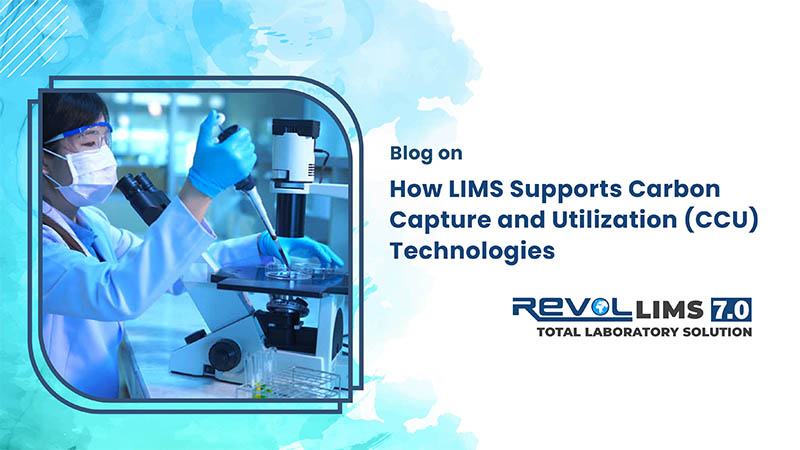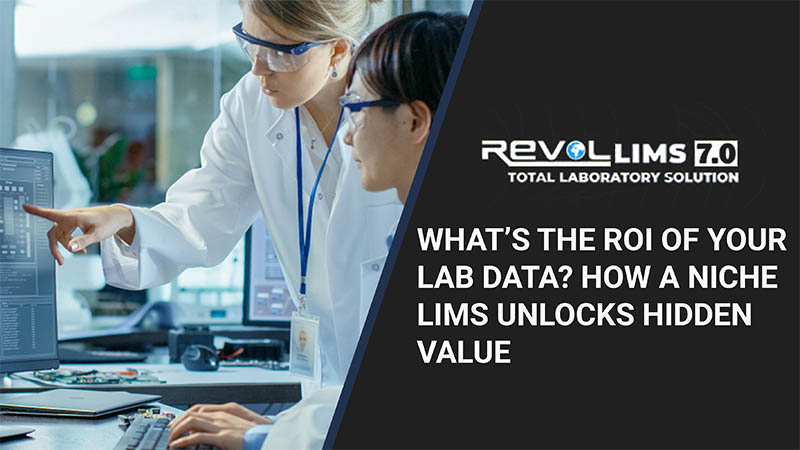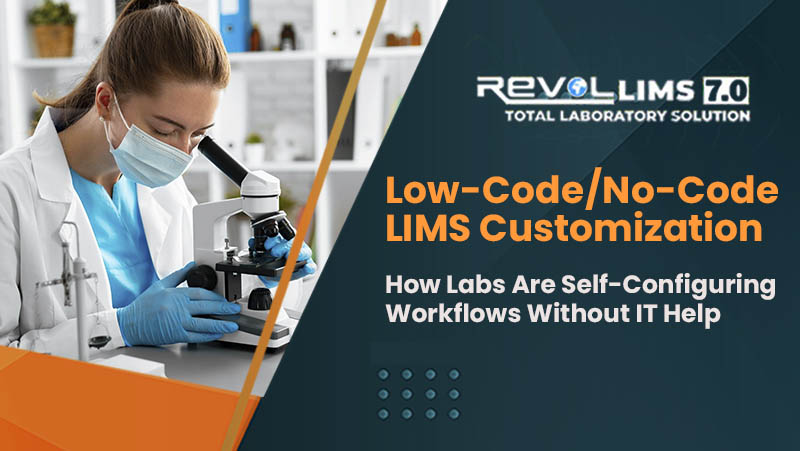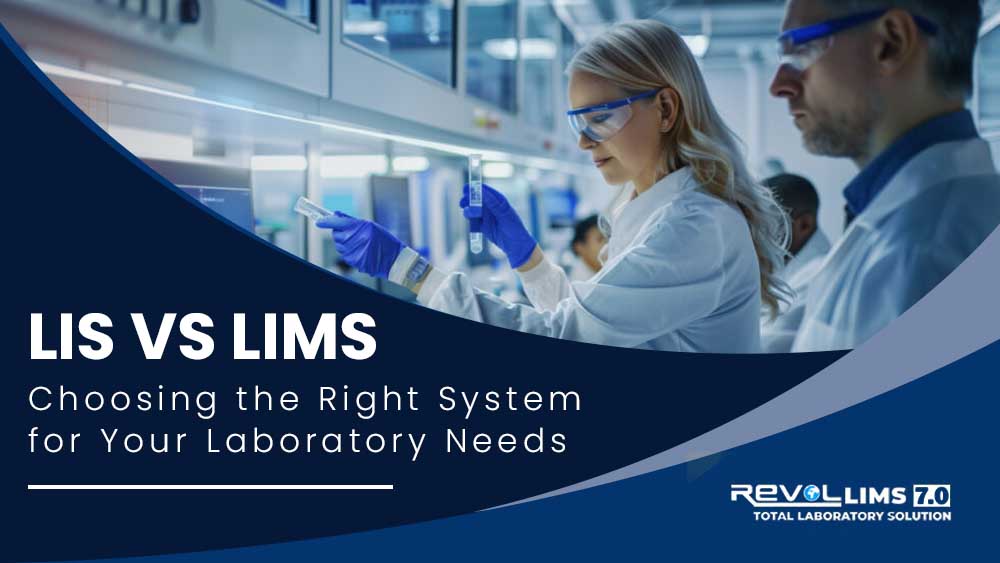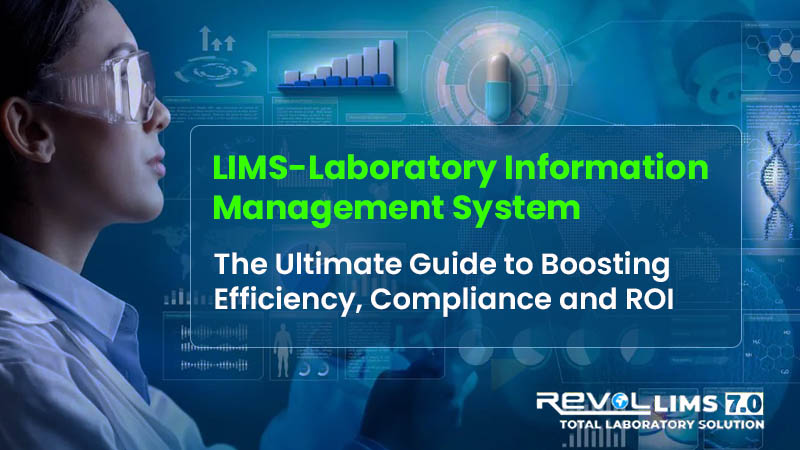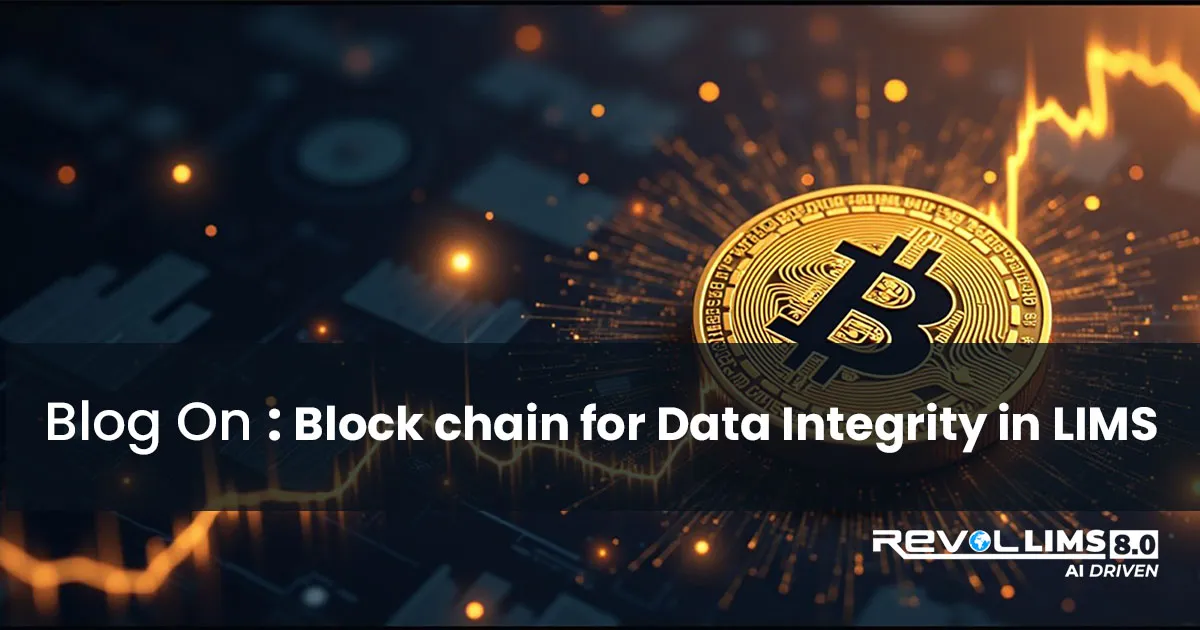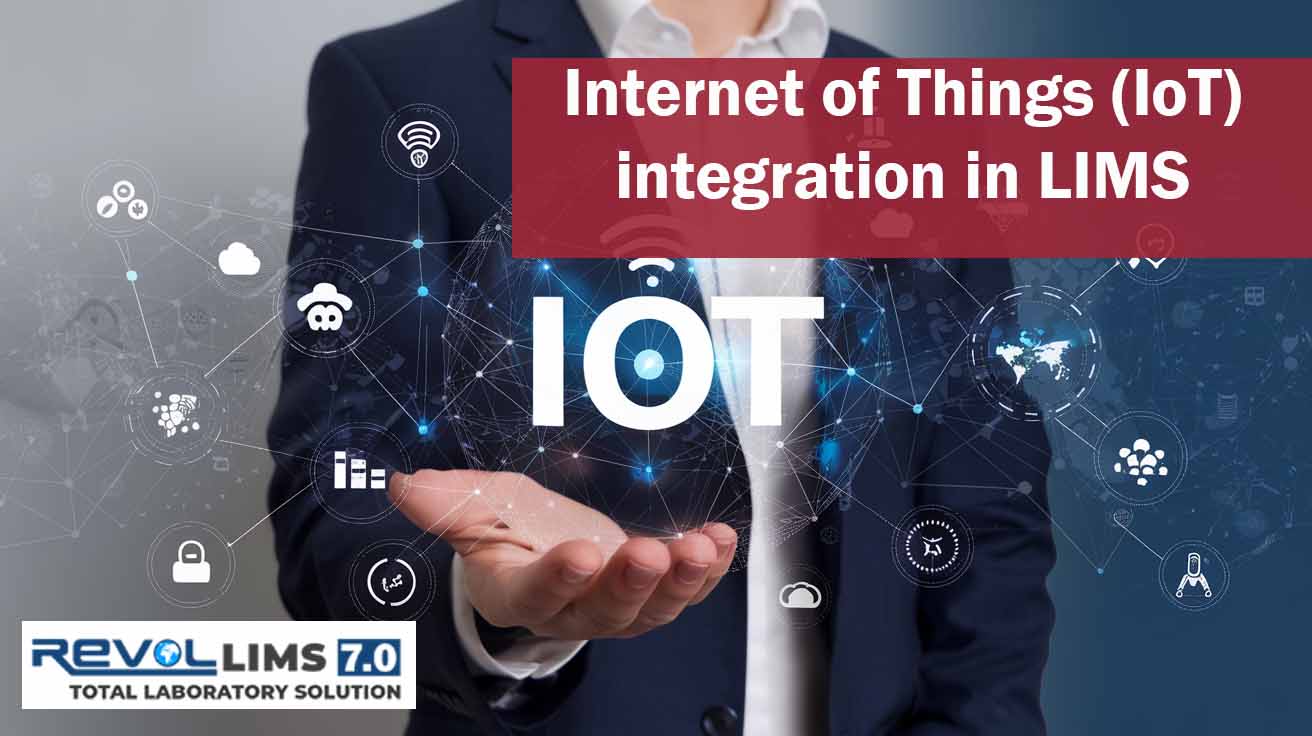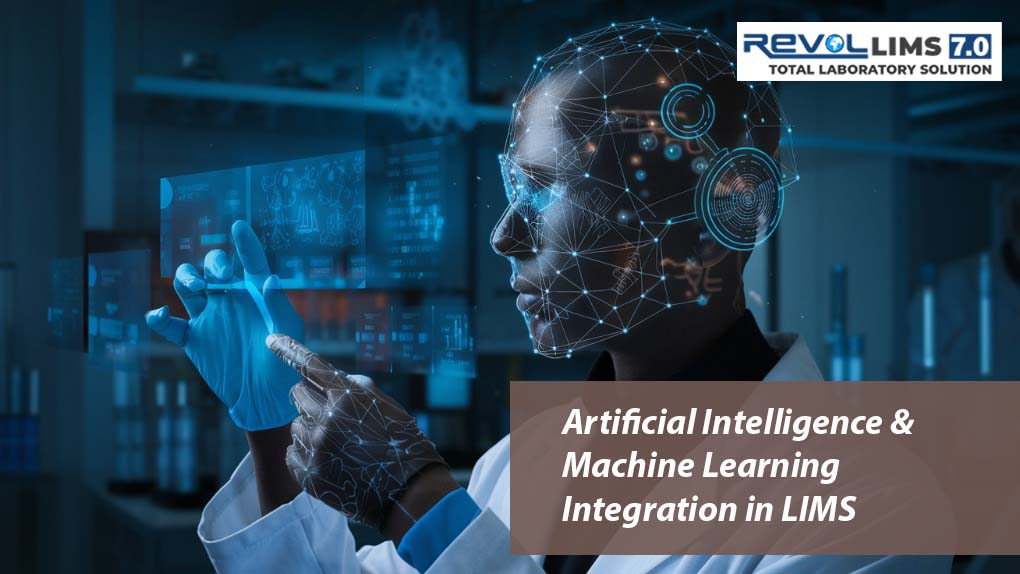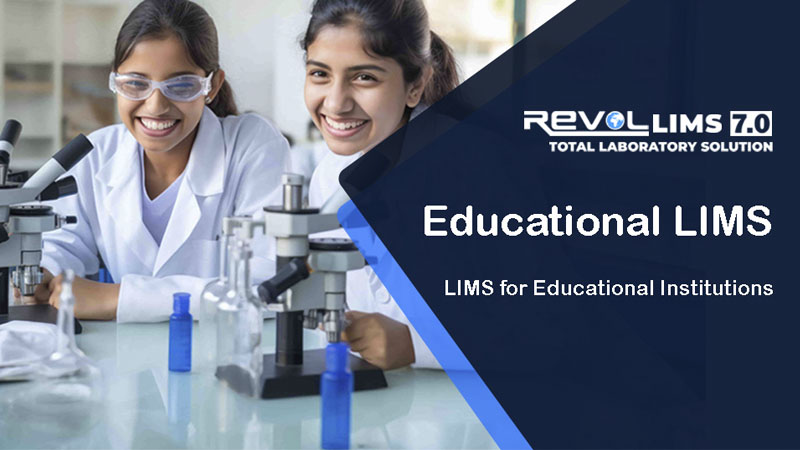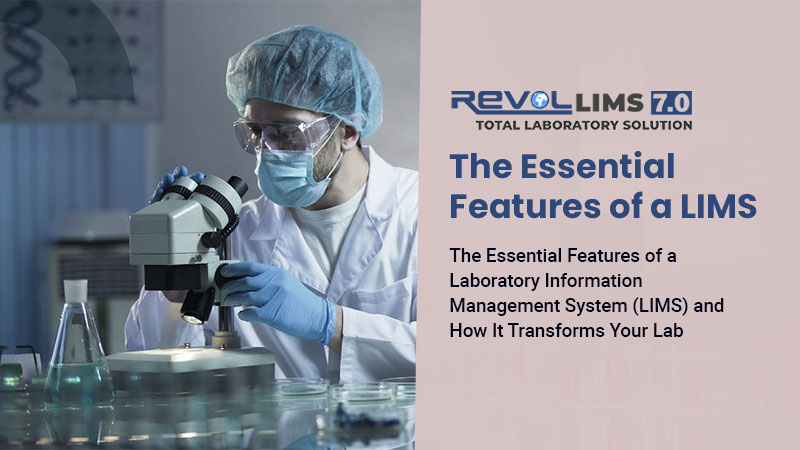
In today’s increasingly dynamic and data-intensive world, laboratories across industries produce vast amounts of important data on a daily basis.
The demand for organized, secure, and efficient data management has never been more critical. Legacy paper-based processes and stand-alone software applications are no longer adequate to guarantee compliance, increase productivity, and preserve data integrity.
This is where LIMS fits in. A contemporary Laboratory Information Management System (LIMS) transforms the way labs monitor, control, and interpret data. Through its strong capabilities, LIMS provides an efficient workflow that optimizes efficiency, facilitates regulatory compliance, and streamlines laboratory processes.
LIMS is a cutting-edge, scalable solution that is meant to accommodate all types of laboratory settings. Whether research and development (R&D), quality control, clinical testing, or manufacturing, LIMS supplies you with the tools you require to operate more efficiently.
Why Laboratories Need a LIMS
A properly designed LIMS solution is critical for laboratories to enhance operational efficiency, regulatory compliance, and data accuracy. LIMS simplifies intricate workflows, enhances data management, and enables laboratories to rapidly respond to changing industry requirements.
Following are the key features of a LIMS and how it enables laboratories to optimize their operations.
Top Features of LIMS
Complete Data Management & Integration
Successful laboratory management demands a centralized, secure,
and easily accessible data store. LIMS centralizes your lab's data, from sample tracking to results management,
with all information stored securely and in real time.
Data Encryption & Secure Access: Access is restricted to authorized users, keeping sensitive data safe.
Cloud-Based Hosting: Take advantage of the cloud for secure, scalable, and reliable data management.
Lab Instrument Integration: Direct integration with laboratory equipment provides automatic and precise data entry, minimizing human error.
Regulatory Compliance & Industry Standards Support
Most laboratories, particularly those in highly regulated industries,
prioritize compliance with industry regulations. LIMS ensures compliance with:
FDA 21 CFR Part 11 – Compliant with electronic signatures and audit trails to satisfy FDA requirements.
ISO 17025 – Helps gain and sustain ISO 17025 accreditation for testing laboratories.
GxP Compliance (Good Laboratory Practices & Good Manufacturing Practices) – Maintains the integrity of lab processes and data for sectors such as pharmaceuticals and biotech.
Adjustable Workflow Automation
Each laboratory requires specific data gathering and reporting requirements.
LIMS enables you to design custom workflows that suit your laboratory's specific needs, allowing for more streamlined
data entry and sample tracking.
Drag-and-Drop Workflow Customization: Design and modify workflows from an easy-to-use interface.
Pre-configured Templates: Begin with templates for generic lab processes to save time on setup.
Real-Time Data Entry & Tracking: Monitor samples and results in real time, limiting the possibility of errors or skipped steps.
Advanced Collaboration & Real-Time Data Sharing
Laboratories become more collaborative,
with groups frequently spread across several locations. LIMS streamlines communication and real-time data sharing to assist collaborative efforts.
Multi-User Access: Collaborate with teams, enabling multiple users to enter and change data at the same time.
Commenting & Annotation: It is possible for users to leave comments and annotations on shared data,
making communication more understandable.
Version control: Monitor changes to prevent errors and have an automated version of records.
Seamless Integration with ELN & External Systems
Laboratories tend to use different computer systems to run different aspects of
activities. LIMS should seamlessly integrate with Electronic Laboratory Notebooks (ELN) or other laboratory systems and instruments.
Instrument Data Integration: Integrate directly with lab instruments for instant data input.
ELN Compatibility: Integrate data between LIMS and your ELN for a richer data management experience.
Third-Party Integrations: Extend your LIMS capabilities by integrating with other systems through customizable APIs.
Smart Search & Effective Data Retrieval
It is essential to find the correct data in a timely manner in a hectic laboratory setting.
LIMS provides sophisticated search capabilities to enable fast and effective data retrieval.
Powerful Text Search: Search all your records quickly and precisely.
Tagging & Metadata Support: Sort data using custom tags and metadata for easy retrieval.
Advanced Filtering Capabilities: Utilize filters to limit results to specific criteria,
reducing the time spent in data analysis.
Comprehensive Audit Trails & Data Integrity
In laboratory settings, especially in scientific and clinical labs, data integrity is a top concern. LIMS provides assurance that all data are accurate, traceable, and auditable.
Entire Audit Trails: Record each modification, maintaining complete traceability of data modifications.
Time-Stamped Entries: Guarantee record authenticity using time-stamped entries.
Features of Data Locking: Close data from unauthorized modifications once it has been finalized, maintaining its integrity.
AI-Powered Analytics & Predictive Insights
LIMS uses AI and machine learning features to automate processes, recognize patterns, and create worthwhile insights.
Automated Data Analysis: Utilize AI to identify trends and anomalies in experimental data.
Predictive Modeling: Predict potential problems or outcomes from historical data and experiment results.
Smart Recommendations: Get recommendations on workflow optimizations based on past performance.
Mobile Access & Remote Collaboration
Today's research is not always conducted within the laboratory walls. LIMS provides mobile access, allowing users to engage with their data anywhere.
Mobile-Friendly Interface: Access LIMS functionality from tablets and smartphones, making data management more flexible.
Field Data Collection: Collect and upload data directly from the field or remote locations in real-time.
Global Collaboration: Share data and collaborate across locations, improving remote teams' productivity.
Custom Reporting & Visualization Tools
Clear data presentation is central to decision-making.
LIMS offers robust reporting and data visualization capabilities to turn raw data into valuable insights
Dynamic Reporting: Build customized reports with the data you require, quickly and easily.
Data Visualization: Display data in different formats, such as charts, graphs, and tables.
Export Features: Export data and reports to seamlessly integrate with other systems or distribute to stakeholders.


